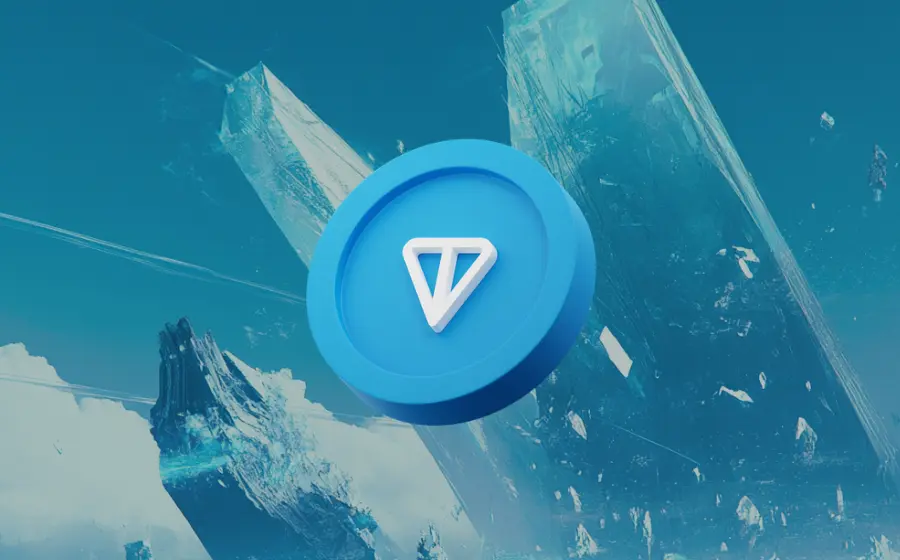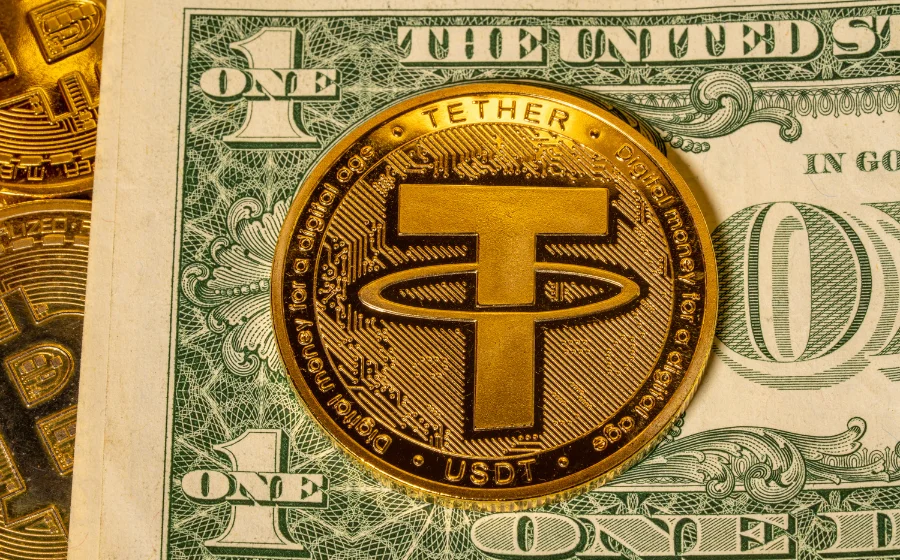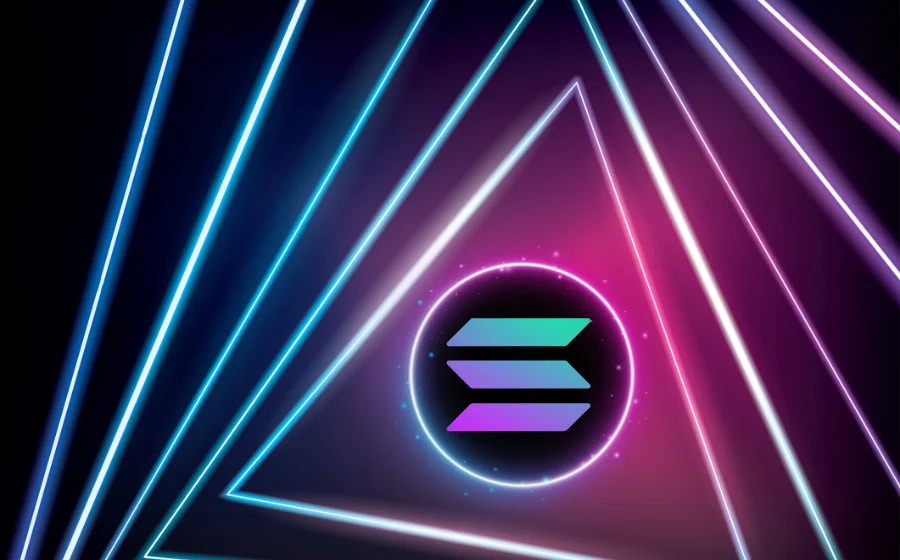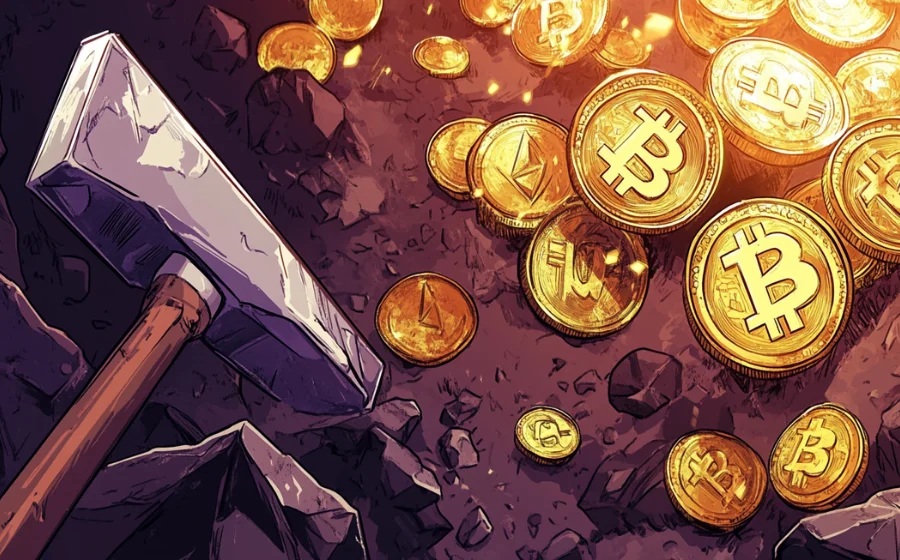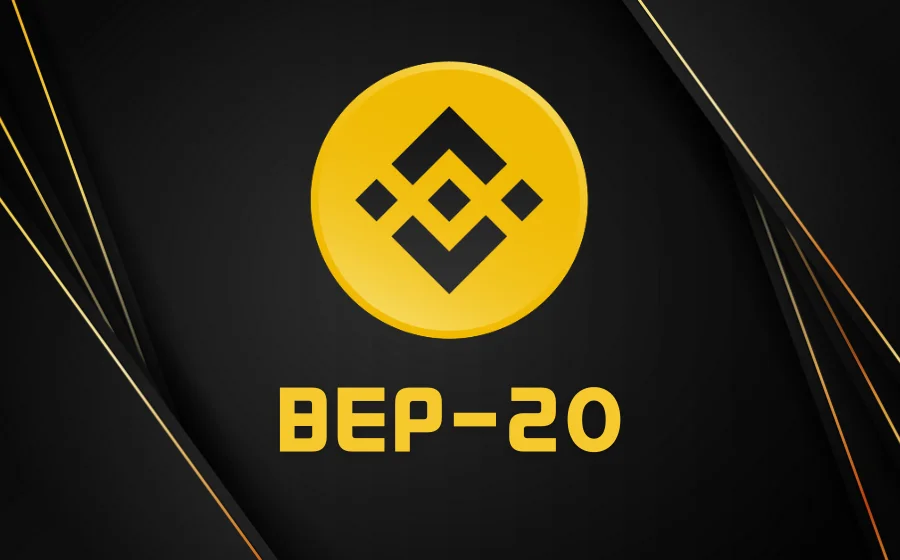
KEYTAKEAWAYS
- Decentralization: Blockchain removes intermediaries, allowing peer-to-peer transactions and promoting a trustless and transparent system.
- Immutability and Transparency: Once data is recorded on a blockchain, it cannot be altered without consensus, ensuring integrity and openness.
- Diverse Applications: Blockchain supports various sectors, including DeFi, NFTs, and DAOs, transforming industries and enhancing security.

CONTENT
Blockchain is a decentralized technology that records data in connected blocks, ensuring transparency, security, and immutability. Discover its features and applications.
WHAT IS BLOCKCHAIN?
Blockchain is an innovative technology for recording data. It is called “blockchain” because the recorded data is stored in individual “blocks” that are linked together in a “chain,” forming a blockchain.
-
Structure of Blockchain
- Block: A block is like a transparent safe that stores recorded data. The data is open and transparent, meaning anyone can access it, but it cannot be easily tampered with because the block is protected by cryptography.
- Chain: The chain connects the blocks, allowing people to understand the order and timestamp of the data entries based on the sequence of blocks.
In a blockchain system, those who verify and construct the blockchain are called “miners” or “nodes.”
-
Origin of Blockchain
In 2008, a person using the pseudonym Satoshi Nakamoto published a nine-page white paper introducing a cryptography-based “peer-to-peer” and “decentralized” electronic currency system known as Bitcoin. The core technology supporting this system’s operation is blockchain.
It’s important to note that Satoshi Nakamoto’s paper did not explicitly mention the term “blockchain.” The term was later coined as people analyzed how the Bitcoin system functions. Thus, blockchain technology is the foundation for Bitcoin’s operation, and Bitcoin is the first and most well-known application of blockchain.
>>> More to read : What is Bitcoin: A Comprehensive Overview
HOW DOES BLOCKCHAIN WORK?
Blockchain technology has evolved significantly, resulting in the creation of hundreds of blockchains, each with its own features, advantages, and disadvantages. To explain the basic operation of a blockchain, let’s use Satoshi Nakamoto’s “Bitcoin blockchain” as an example.
➤ Suppose A wants to transfer 10 bitcoins to B:
When A initiates the transaction, this record is automatically broadcasted to the blockchain, notifying the Bitcoin network that “A has sent 10 bitcoins to B,” alerting the miners on the Bitcoin blockchain.
The miners then verify the authenticity of the transaction using digital signatures. If the transaction is validated, it is recorded in the miners’ ledgers.
Although multiple miners record the transaction, only one miner can organize these transaction records into the next block of the Bitcoin blockchain. To determine which miner gets this right, miners compete by solving a complex mathematical problem using their computing resources.
The first one to solve the problem is granted the authority to create the new block and, as a reward, receives a certain number of bitcoins. This consensus algorithm is known as the Proof-of-Work (PoW) mechanism.
>>> More to read : What Is Web3: The Next Evolution of The Internet

BLOCKCHAIN | 6 CORE FEATURES
Blockchain technology stands out due to its six essential characteristics, offering a secure and decentralized way to manage transactions and data.
1. Decentralization
In traditional monetary systems, banks act as intermediaries and control transaction records. For instance, if person A wants to transfer $100 to person B, they must rely on the bank to process the transaction and store the information.
✎ Blockchain eliminates intermediaries: By using a peer-to-peer and decentralized structure, blockchain removes the need for central authorities.
✎ Miners (nodes): These participants verify and store transactions, using cryptography to ensure their authenticity.
This creates a financial system where assets can be transferred directly between individuals, promoting greater freedom and reducing reliance on central entities.
2. Immutability
Blockchain can be compared to the “Lennon Wall” in Prague, where anyone can leave messages, but the records remain visible even when new ones are added. This demonstrates the immutable nature of blockchain.
✎ While records cannot be arbitrarily changed, they can still be modified through a consensus mechanism.
✎ Consensus requirement: Over half of the network participants must agree for any modification, ensuring transparency and integrity.
3. Transparency
Blockchain records all transaction data publicly, making it visible and verifiable by anyone.
✎ Blockchain explorers (e.g., TronScan, EtherScan) allow users to easily access and review this information through web-based platforms.
This transparency ensures that all participants have access to the same information, enhancing trust and accountability.
4. Anonymity
Despite being transparent, blockchain maintains participant privacy through cryptographic techniques.
✎ Users are identified by a code composed of letters and numbers.
✎ As long as they do not share their code, their true identities remain anonymous, providing a balance between transparency and privacy.
5. Consensus Mechanism
blockchain operates like a democratic system, where rules ensure fair operation. This set of rules is known as the **consensus mechanism**, which all miners must follow to maintain the network’s integrity.
Common mechanisms include:
✎ Proof of Work (PoW): Used by Bitcoin.
✎ Proof of Stake (PoS): Adopted by Ethereum.
These mechanisms will be explored in more detail in future discussions.
6. Borderless
Public blockchains are permissionless and accessible to everyone, regardless of nationality, race, gender, or economic status.
✎ Global Participation: Anyone can join, ensuring equal rights and access for all users.
✎ Participants can engage in the consensus process, verifying transactions and data without restrictions.
This openness creates an inclusive and global network, connecting users from all corners of the world.
>>> More to read : What Is ICO? Beginner’s Guide

BLOCKCHAIN | 3 MAIN TYPES
Blockchain technology can be categorized into three main types based on its use cases: public blockchains, private blockchains, and consortium blockchains. Public blockchains are typically decentralized and open to everyone, while private and consortium blockchains are either centralized or controlled by a select few.
1. Public Blockchain
A public blockchain is a decentralized network open for anyone to participate in. Common examples include the Bitcoin and Ethereum blockchains, which are well-known in the cryptocurrency space.
Public blockchains have two key characteristics:
✎ Permissionless: Anyone can use or maintain the blockchain, becoming a “user” or “miner/node” without any selection process or identity verification.
✎ Decentralization: Through community voting and distributed nodes, the development of the blockchain is democratized, ensuring that no single entity has full control.
Public blockchains, which align with the Web3 principle of decentralization, rely on a vast network of miners/nodes to verify and maintain the chain. The more miners or nodes there are, the more secure the blockchain becomes against data breaches, hacking, or other network security threats.
For instance, the Bitcoin blockchain has over 14,000 nodes, enhancing its security.
However, because public blockchains require consensus among miners/nodes, they tend to operate less efficiently. Additionally, since information is transparent and accessible to all users, anyone can view transaction details.
If a blockchain address is linked to an identity, other users can trace assets and transactions, potentially compromising privacy.
Notable examples of public blockchains include BNB Chain (BNB), Cardano (ADA), SUI, and Solana (SOL), all worth exploring further.
2. Private Blockchain
While public blockchains focus on decentralization, private blockchains emphasize centralization. A private blockchain operates within a closed network, meaning access is restricted and requires specific permissions.
✎ Centralized Nodes: Only a few individuals or entities have the right to use or maintain the network, often operated by a single organization.
Since access is limited, the data within private blockchains remains confidential, protecting sensitive information from being exposed. The fewer nodes also mean lower costs for data transmission, sometimes eliminating fees entirely, and faster processing speeds.
Although private blockchains appear advantageous compared to public ones, they have their drawbacks:
✎ Centralized Control: The entity managing the nodes has full control, with the ability to alter data, meaning security and trust rely solely on that entity. Therefore, the credibility of a private blockchain may not be as high as that of a public one.
An example of a private blockchain application is KitChain, a medical blockchain project tracking the supply chain of medical supplies.
It operates privately, allowing users to trace the origin, transportation, and distribution of supplies without exposing the data publicly.
Similarly, many governments exploring Central Bank Digital Currencies (CBDCs) often opt for private blockchain systems for better control and oversight.
3. Consortium Blockchain
Consortium blockchains fall between public and private blockchains in terms of decentralization. They are semi-decentralized networks managed by a group of organizations rather than a single entity.
Like private blockchains, consortium blockchains restrict access and protect confidential information. However, the key difference is that multiple organizations or enterprises jointly operate and maintain the network.
This collaboration combines the benefits of both public and private blockchains—ensuring data privacy, fast transaction speeds, and low costs.
Furthermore, because the network is governed by multiple entities, no single organization can alter the blockchain data arbitrarily, making consortium blockchains a preferred solution for many traditional businesses.
The defining feature of consortium blockchains is “checks and balances”. When several organizations manage the network together, all participants can verify internal transactions, ensuring data integrity. This balance of power creates a trustworthy and reliable environment.
Notable examples of consortium blockchains include:
✎ Voltron: A project developed by 12 financial giants, including BNP Paribas and HSBC.
✎ We.trade: A platform launched by IBM and eight major banks.
While consortium blockchains are primarily used in enterprise settings and differ from the democratic and open nature of public blockchains, they are still valuable for their commercial applications.
>>> More to read : Blockchain Forks: Understanding Hard Forks and Soft Forks
BLOCKCHAIN & WEB 3.0 SECTORS
Blockchain and Web 3.0 have given rise to various sectors that showcase the potential of decentralized technology. Here are five major sectors:
1. DeFi
DeFi, short for Decentralized Finance, is a blockchain-based financial system that functions as a “decentralized bank.”
The main feature of DeFi is that users can complete financial transactions without the need for centralized institutions (such as banks, governments, or brokerage firms) or manual intervention.
Transactions are carried out solely through blockchain technology and smart contracts.
>>> More to read : What is DeFi? A Comprehensive Guide to Decentralized Finance
2. NFT
NFTs, or Non-Fungible Tokens, represent a unique form of data on the blockchain, similar to cryptocurrencies but distinguished by their “non-fungible” nature.
Each NFT can represent a unique asset, such as an image, artwork, video, sports memorabilia, food items, in-game assets, or even a social media post.
In essence, NFTs serve as a data unit specifically designed to record and verify ownership of non-fungible assets.
3. GameFi
GameFi, or Game Finance, merges “electronic gaming” with “blockchain finance” to create a distinctive ecosystem.
In GameFi, the virtual assets and currencies earned by players are represented as NFTs and cryptocurrencies, allowing players to buy, sell, and earn income through blockchain technology.
This has led to the emergence of the “Play-to-Earn” concept, where gamers can earn rewards while playing.
>>> More to read : GameFi : The Future Of Gaming
4. DAO
A DAO, or Decentralized Autonomous Organization, is a blockchain-based organization usually formed to achieve a specific goal. A DAO operates autonomously without human intervention or centralized management.
Instead of having a single leader making decisions, community members collectively establish rules and manage the organization through voting and blockchain-based smart contracts (self-executing programs), promoting equality and collaboration within the community.
>>> More to read : What is a Smart Contract?
5. DePIN
DePIN, short for Decentralized Physical Infrastructure Networks, refers to a system where token rewards are used as incentives to encourage individuals to participate in and build real-world physical infrastructure.
It integrates blockchain technology with physical networks, incentivizing users to contribute to the development of tangible infrastructure projects.
>>> More to read : DePIN: How It Transforms Traditional IoT Networks
In summary, blockchain technology has revolutionized various sectors, from finance (DeFi) and digital assets (NFTs) to gaming (GameFi) and decentralized governance (DAO). It extends beyond the digital realm, integrating with physical infrastructure (DePIN) to create innovative, decentralized systems that reshape traditional industries and promote a more inclusive, transparent, and secure digital economy.

